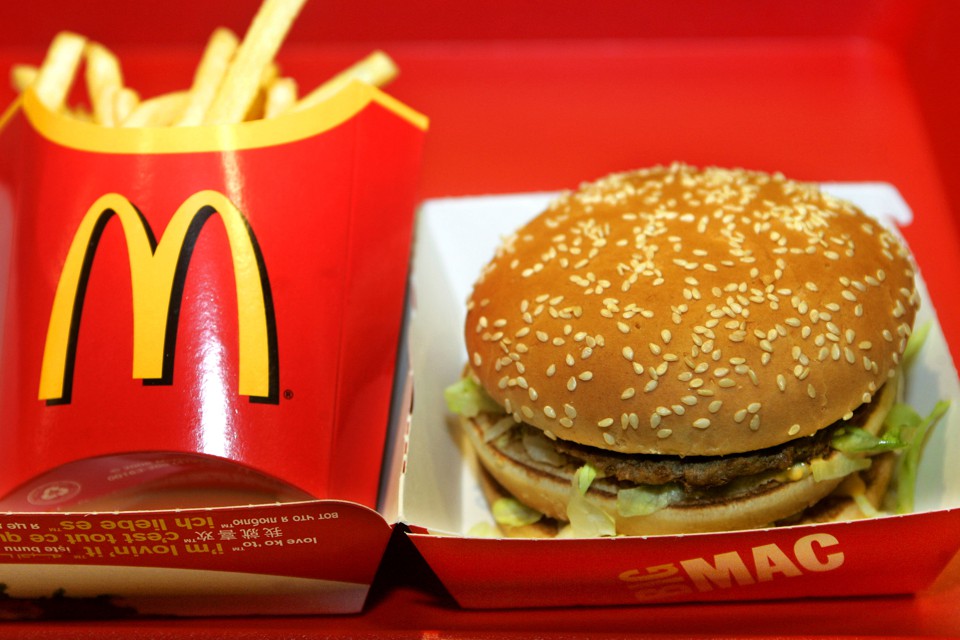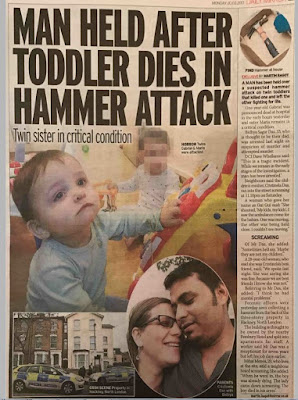STUART HALL -Representations
thinks representations exist through the repetition and remix of media trends.
Representations: the ways in which media products constructs the world and aspects in it. Including social groups, individuals, issues and events.
Lindor
In what ways is Lindor brand chocolate represented in advert?
Calm connotations from music and actors body lang/ facial expressions to mirror the products connotations. Red, gold, almost royal colours used to create
In what ways do technical elements construct this representation?
Lexis: Hyperbole; soothing voice; 'Since 19--' creates nostalgia; 'Do you dream in chocolate?' the word dream connotes fantasy and avoiding reality, the feeling you can feel if you buy this chocolate.
Physically pleasing to the eye; melting, pouring chocolate, giving almost sexual connotations, plus the scene is set in a bedroom.
Slow-motion, fades, tracking shots, close-ups, all create a dream-like scene.
What are the potential ideological consequences of this advertisement ?
Ideological consequence: encourages obesity.
Superbowl
What groups are represented in this commercial break?
Chevrolet, appeals to specifically American heterosexual men, which is the main audience of the Superbowl. Rock music and lexis: 'you know you want a truck' sells the ideology of masculinity.
Stereotypes of British people being well-spoken and in a higher class.
Insurance aimed towards families, mothers all together watching the Superbowl.
Aimed at people interested in sports, of any ability.
Jurassic world, family films, connotations of nostalgia due to the previous run of Jurassic Park films.
What messages and ideologies are presented about these groups?
The range of adverts appeals to all audiences because of how wide the audience is of the Super Bowl in America.
What does this commercial break say about America in 2015?
There is a mix of tolerance and intolerance towards different groups in America at the time. The car advert including a disabled woman doing multiple sports despite her disability show it is accepting and even proud of indifference in a group of people, sending the message, 'everyone is capable'. However the are also stereotypical representations of women, in the car insurance advertisement, where it gives the message that women are bad drivers.
All of the adverts create a
Stereotypes: "A commonly held belief about a certain group of people"
RICHARD DYER: The role of stereotypes
- an ordering process
- a shortcut for producers
- a reference point for audiences
- an expression of dominant societal values
Anchor Spreadable butter:
Camera work-
Editing-
Sound- Soft music in background creates calm family atmosphere.
Mise-en-scene- Bright happy lighting.
Elderly people are stereotyped to be deaf and less abled and knowledgable. Typically she doesn't understand todays technology.
Younger children are stereotyped in the advert to have cheeky attitudes which are typical to their age and can be recognised by audiences that have children of their own, bringing a 'relatable' sense to the advertisement.
This girl can:
Camera work- lots of close ups to focus on specific aspects of the different sports women CAN do.
Editing- Specifically fit to the music for almost music video effect.
Sound- Song by solo female artist, deliberately empowering the woman's role.
Mise-en-scene- lots of
Women are represented in the way that avoids the stereotype of women not being able to take part in sport. It is a positive representation that contradicts stereotypes of women not being allowed to sweat, be fat, or take part in all sports that men take part in.
It also looks on body representation and sends the message that there is no perfect body and that women are allowed to be over-sized yet still live healthy lives with exersise.
Lots of different ethnicities and abilities were shown
Pot Noodle:
Camera Work-
Editing-
Sound-
Mise-en-scene-
Homosexuality is represented in the advert in the camp characteristic of the boy after being very stereotypically male when training, lifting weights and building his body.
The role he takes on is typically the role of a female and it is mocked in the way
Different classes and ethnicities are represented: working class with a big family all supporting one member, stereotypical setting and costume of the working class.
However the only black person represented is stereotyped
2002 Pot Noodle:
Sound- Promiscuous music, adds to sexual connotations
Mise-en-scene- Settings, costumes, body language, props all have connotations of sex.
Stereotypes of men having the power, and women being the 'slag'.
Prostitution is glamourised and empowered wrongly.
Stereotypes of boring middle-aged women in contrast to young slutty uncontrollable women, but no in between, as if that is the only two types of women.
DAVID GAUNTLET: Theories of identity
Despite many negative perceptions of the media, audiences are capable of constructing their own identities through what they see on television. He writes there are now many more representations of gender.
Stereotypical roles of men:
- Men should go to work
- Suit and Tie
- More laborious jobs
- Leaders
- Sports
- Violence and aggression
- Business
- Dominance
- Physical strength and competition
Stereotypical roles of women:
- Stay home
- Care for children
- Cooking and cleaning
- Shopping
- Lower-payed jobs
- Defined by bodies rather than personality
- "lady-like"
- Submissive
- Sensitive and emotional








